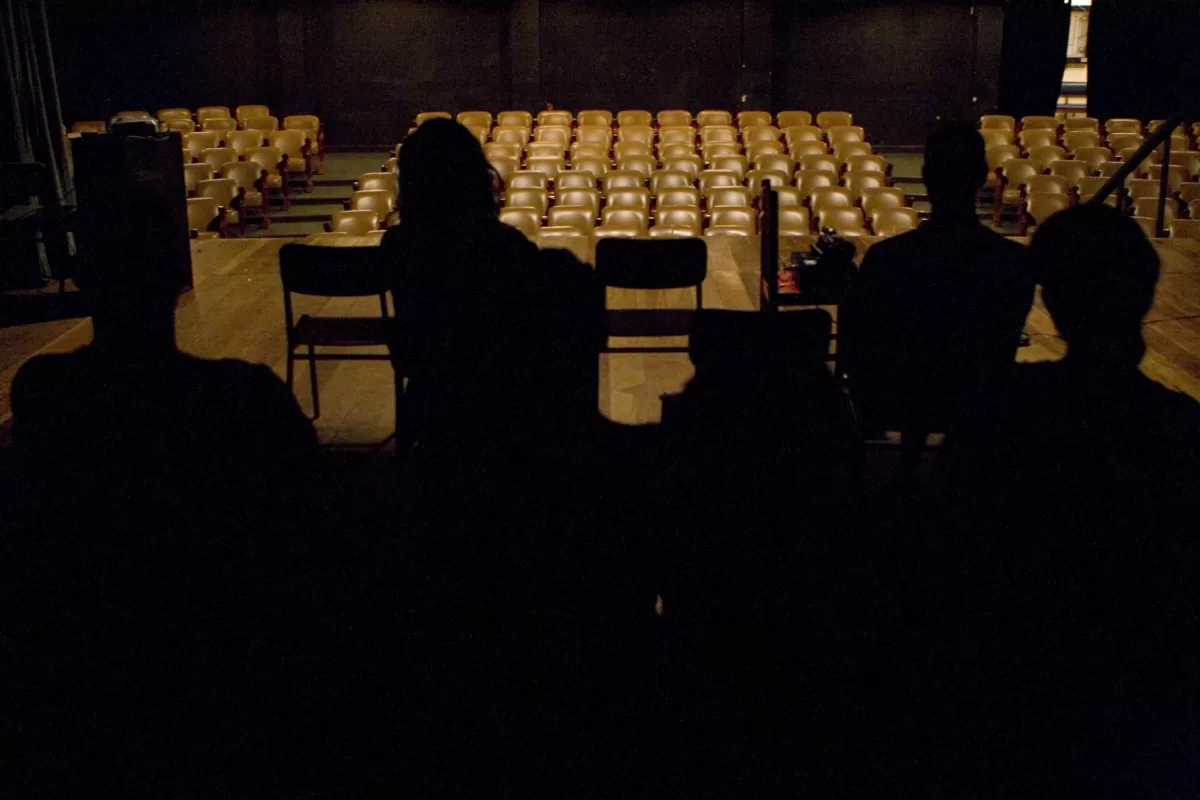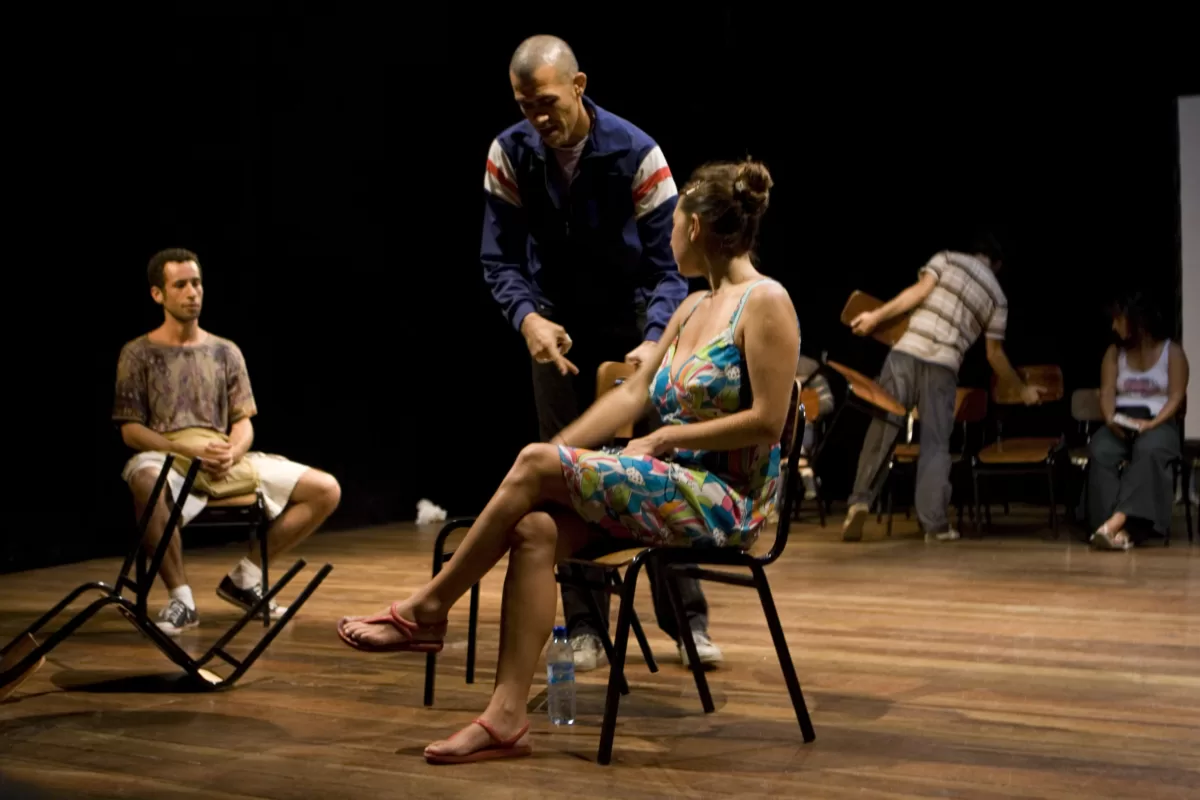nothing. we shall see | 2009
Nothing. We shall see was awarded Klauss Vianna Prize 2007/08 (Funarte) for research. Its première was at SESC Avenida Paulista, in São Paulo, February 2009. Its European première was on November 18th and 19th under the frame of the Festival Temps d´images, at Culturgest, Lisbon. The project was in residency at Le Centre International d´Accueil et d´Éxchanges Les Récollets (Paris, França), in partnership with CND-Pantin (Jul-Sep 2009).
conception and choreography
Gustavo Ciríaco
co-creation | performance
Ignacio Aldunate, Francini Barros, Gustavo Ciríaco, Milena Codeço and Dyonne Boy
direction assistance and artistic collaboration
Flavia Meireles
virtual dancer
Leo Nabuco
videos
Leo Nabuco, Gustavo Ciríaco and Ignacio Aldunate
light design
José Geraldo Furtado Gomes
sound track
Rodrigo Marçal – Aprx
teachers
Flavia Meirelles, Maria Alice Poppe, Renata Reiheimmer e Joelson Gusson
administration and executive production
Fomenta Produções – Carla Mullulo and João Braune
residencies
Centre International d’Accueil et d’Échanges Les Récollets / Paris
Ocupação Orquestra Improviso – Teatro Glaucio Gil (Rio de Janeiro)
co-production
SESC São Paulo
Culturgest – Lisbon
Paula Kossatz
Flavia Meireles




